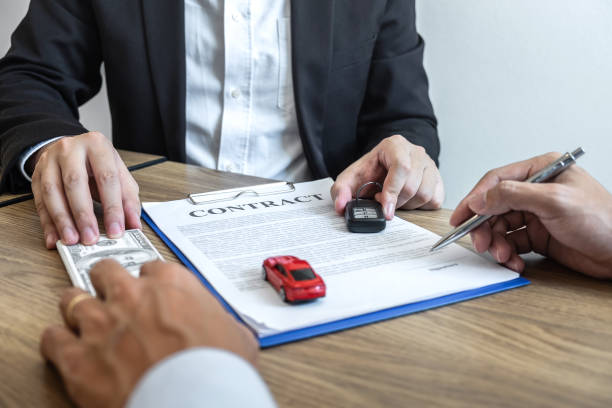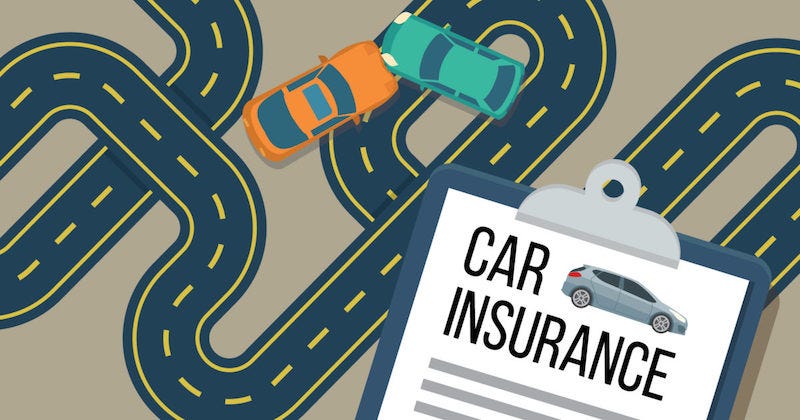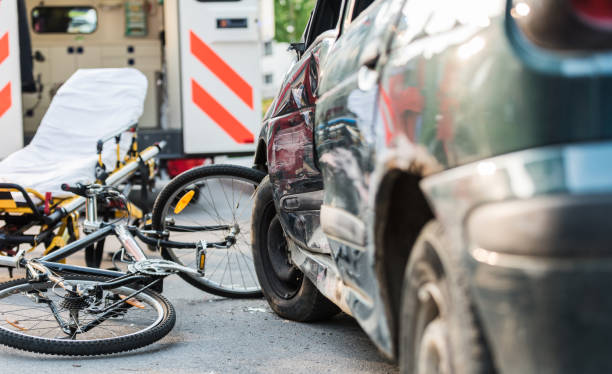Table of Contents
Navigating the Legalities and Costs
Owning a car unlocks a world of possibilities, but with that freedom comes responsibility, and car insurance plays a crucial role. While its importance might seem obvious, the question of “Do I need car insurance?” can often arise, especially for new drivers or those in specific situations. This guide aims to answer this critical question, considering both legal mandates and financial implications.
Understanding the Legal Landscape:
In most countries and states, car insurance is legally mandatory, even if the reponse of your question Do I need car insurance? is no. Owning and operating a vehicle without it can incur significant penalties, including fines, license suspension, or even vehicle impoundment. This makes having car insurance essential to avoid legal repercussions.
Exceptions Exist:
It’s important to note that rare exceptions may apply, but these are highly specific and vary greatly by location. Consult your local authorities to see if any exemptions might apply to you, such as:
- Storing a non-operational vehicle: If your car is not driven and properly stored off public roads, some jurisdictions might allow exceptions.
- Qualifying for specific programs: Certain government programs or hardship exemptions might exist in some locations, but these are highly conditional and vary significantly by region.
Beyond Legal Requirements: Embracing Financial Protection:
Even if not legally mandated, car insurance offers substantial financial protection in the event of an accident:
- Liability Coverage: This safeguards you from covering the costs of injuries and property damage you cause to others in an accident. Without insurance, these expenses can be substantial and potentially lead to lawsuits or financial ruin.
- Collision and Comprehensive Coverage (Optional): These coverages protect your own car from damage resulting from various situations, including collisions, theft, vandalism, and weather events. Facing repair costs for a damaged vehicle can be a significant financial burden, and insurance helps mitigate those risks.
Making an Informed Decision:
While legal mandates make car insurance essential for most, the ultimate decision to obtain it might involve some calculated risk in specific situations:
- Financial situation: If you possess the financial resources to cover potential accident costs and car repairs without significant strain, you might consider taking the calculated risk of driving uninsured (only in legal exception cases). However, remember that unforeseen circumstances can quickly deplete savings, and the emotional and legal complexities of an uninsured accident can be overwhelming.
- Risk tolerance: Are you comfortable potentially facing significant financial burdens in case of an accident? Even minor collisions can carry hefty costs, and the emotional and legal complexities add further stress.
Do I Need Car Insurance?
While the decision to obtain car insurance may involve some calculated risk in specific exceptions, the financial protection it offers against potential liabilities and repair costs is generally crucial for most car owners. Understanding both the legal requirements and potential financial implications will help you make an informed decision that aligns with your individual circumstances and risk tolerance.
Remember, driving without insurance carries significant financial risks, and even in legal exception cases, it’s important to weigh the potential consequences carefully before making a decision.tunesharemore_vert







